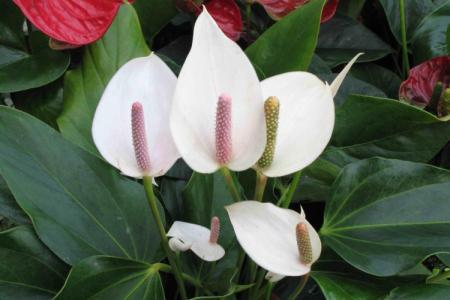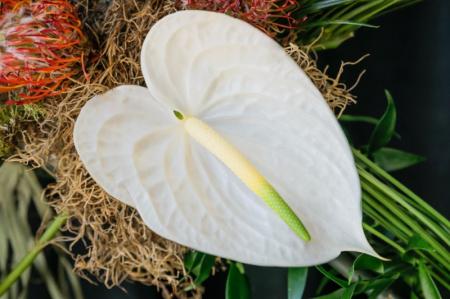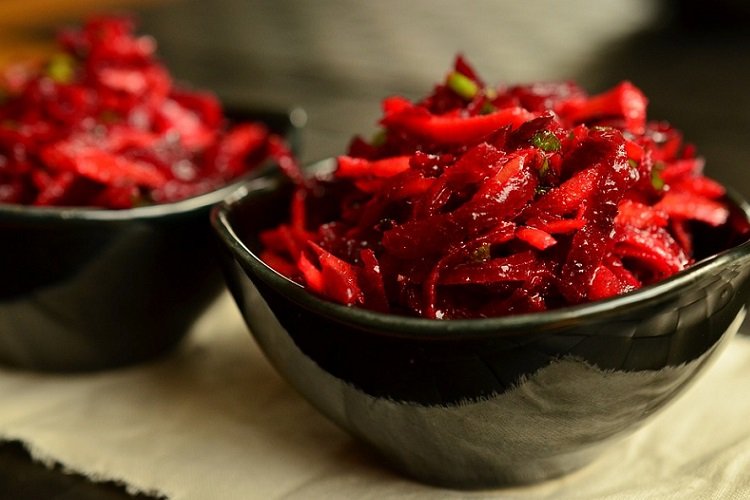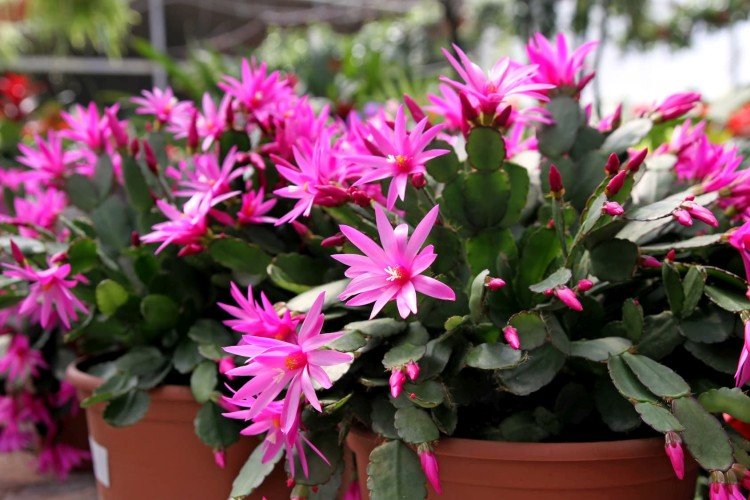
Rhipsalidopsis is a succulent-like cactus. In addition, it is often confused with the Schlumberger, but close up it is easy to see that it has a different shape of shoots and buds. Rhipsalidopsis can be found in many houses and apartments for more than one decade. Let’s tell you more about it!
general information
The complex name of Ripsalidopsis hides a very simple concept – a wicker bush. It is a South American forest cactus that naturally parasitizes large trees. We also call it the Easter cactus, because of the time of its flowering.
Rhipsalidopsis grows in the form of a bush up to 30 cm high. Its flat ribbed shoots are very elastic and fleshy to the touch. Each one consists of separate oval segments up to 6 cm long. There are a lot of such shoots, and buds appear on their tops.
Ripsalidopsis shoots can release aerial roots, due to which the cactus keeps on trees in nature. So Ripsalidopsis can even be supported. The stellate flowers are dense and showy, semi-double type. Up to 3 rose buds bloom on one shoot.
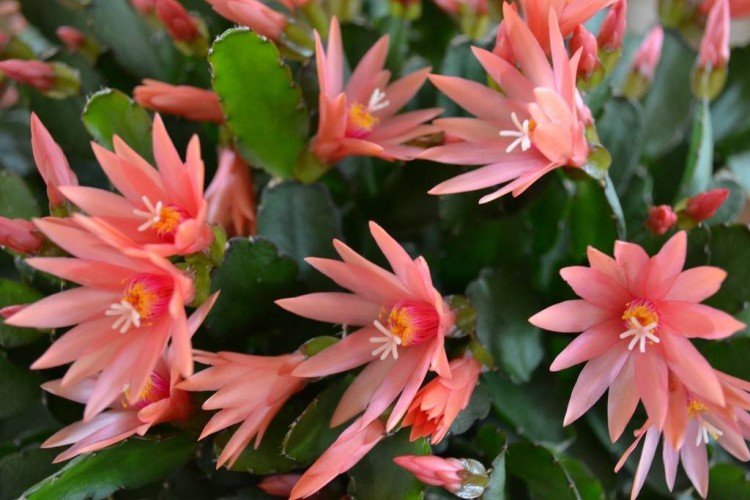
Types of Ripsalidopsis
There are only two types of Ripsalidopsis, and at home, one is most often grown at all. This is Ripsalidopsis pink – a compact shrub with flowers about 5 cm in diameter. The second species is slightly larger and more branched – this is the gartner. Everything else is their breeding subspecies. The most popular varieties are Aurigo, Andromeda, The King’s Dream and White Magic.
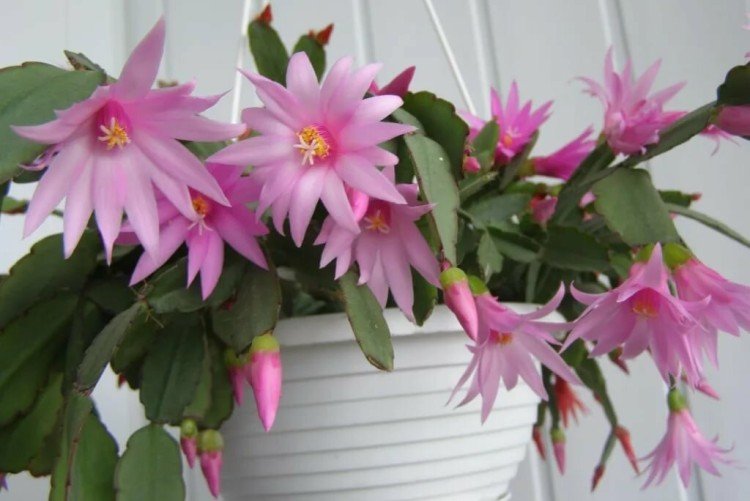
Spathiphyllum: home care, reproduction and transplant
Ripsalidopsis care
If you initially create the right conditions for Ripsalidopsis, then in the future it is very easy to care for it. Remember only that during flowering, the flowerpot should not be disturbed and rearranged at all!
Temperature
Rhipsalidopsis does not tolerate sudden temperature changes. Optimal conditions are 18-20 degrees, and about 10-12 degrees in winter. In the summer, it can be taken out to the balcony and outdoors, but it is important to avoid drafts. From October to the end of February, a period of rest in the cool is definitely needed.
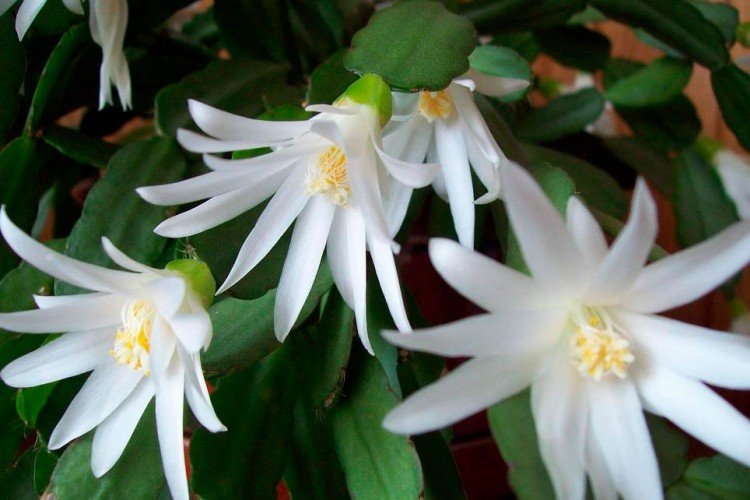
Lighting
Wild Ripsalidopsis grows in forests, so it does not tolerate direct sunlight. On the southern windows, it is imperative to shade the flowerpot. But even with a lack of lighting, the decorativeness of the cactus suffers: the shoots are stretched out and it blooms poorly. Before the formation of buds, it is recommended to periodically turn the flowerpot in different directions to the sun.
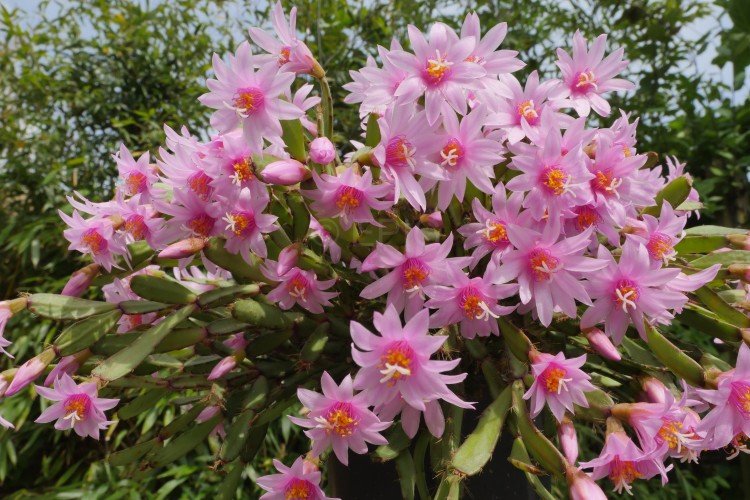
Watering
The most intensive watering is needed during flowering, but even then make sure that the topsoil has time to dry out. After that, reduce the frequency, and reduce it to a minimum for winter. Always drain the sump.
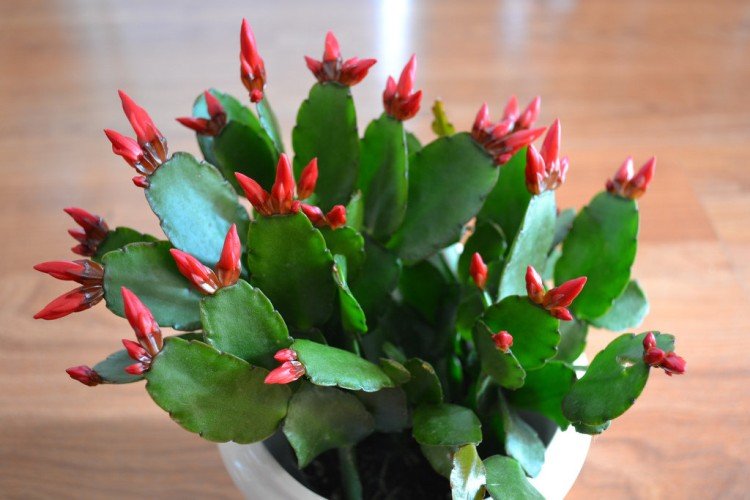
Humidity and spraying
Before flowering, give the cactus a warm shower, but with a very weak water pressure. Morning and evening spraying will be helpful. During flowering, you can put the flowerpot in a pallet with wet expanded clay.
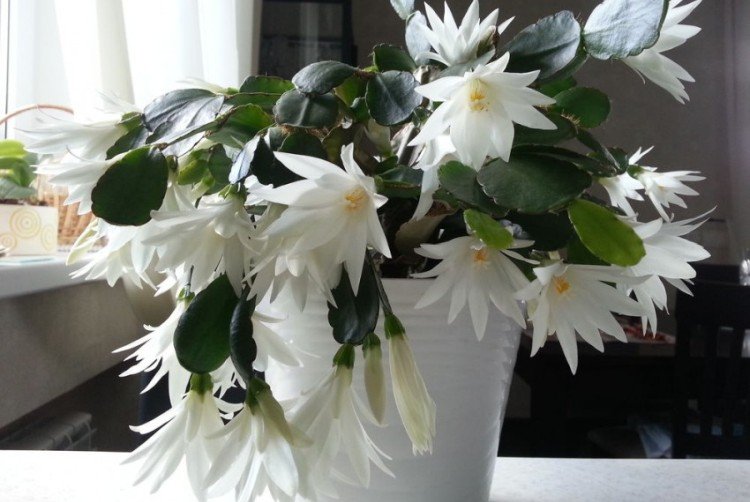
The soil
Ready-made store-bought substrates for cacti work well. The soil should be loose, with fragments of organic matter and fine gravel, brick chips or coal. If you mix the soil yourself, you need to acidify it in any convenient way.
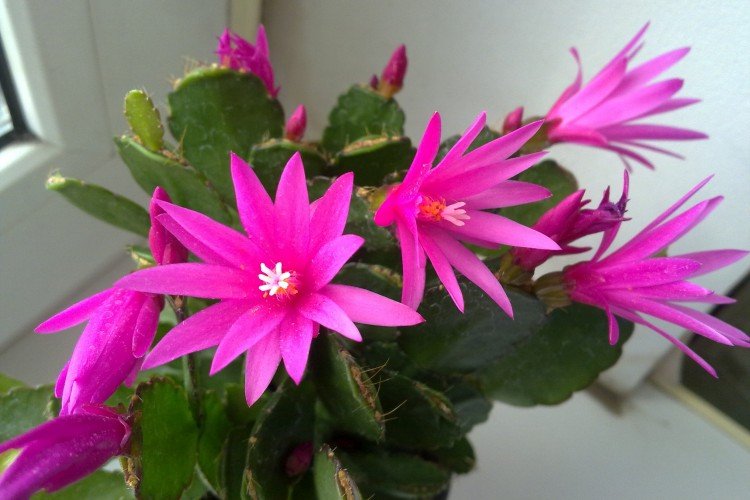
Fertilizers and feeding
For feeding Ripsalidopsis, use ready-made mixtures for succulents or cacti. Minimize the amount of nitrogen, because too much nitrogen leads to root rot. But more phosphorus and potassium are needed. In winter, stop fertilizing the soil.
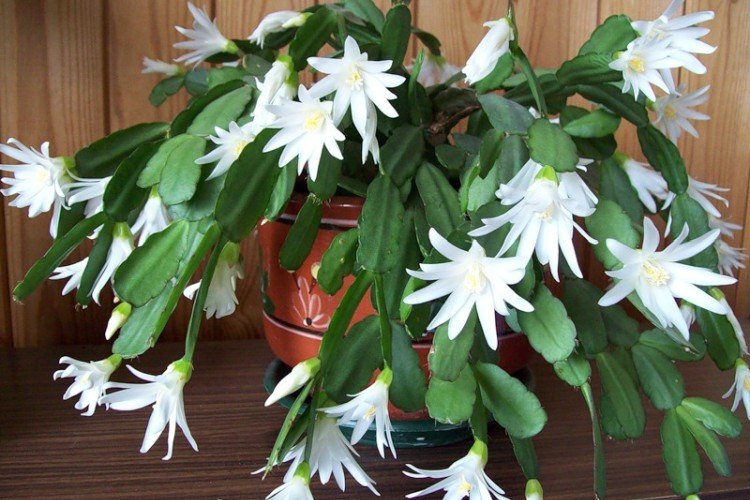
Pruning
For adult bushes, which are more than 3 years old, rejuvenating pruning is needed. Elongated and drooping stems can be shortened directly in segments. The remaining cuttings are suitable for rooting.
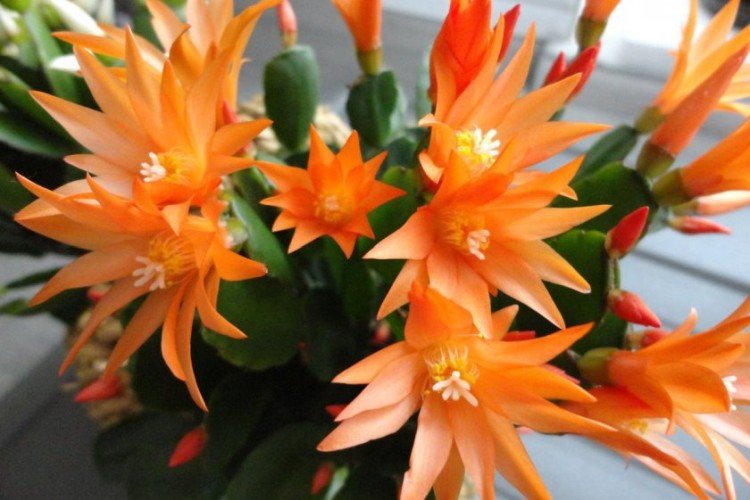
Transfer
After flowering or before bud formation, Ripsalidopsis can be transplanted. Young plants are transplanted into larger flowerpots once a year. Adults can be relocated every 2-3 years. Choose low and wide flowerpots. Carry out the procedure carefully, because the root system of ripsalidopsis is superficial.
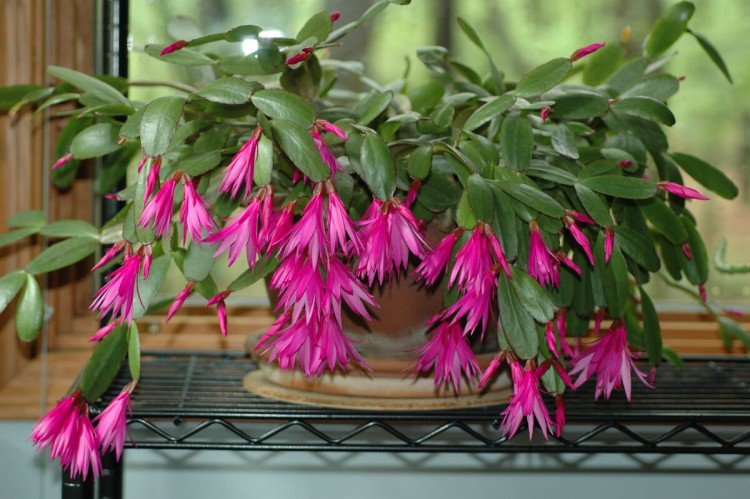
Anthurium (75 photos): types and proper care
Reproduction and planting of Ripsalidopsis
To grow ripsalidopsis from seeds, sow them in a moist substrate under a film, 3-4 pieces in one flowerpot. The greenhouse can be removed after the emergence of shoots, and the planting is carried out when the bushes get stronger.
It is easier and faster to root a few healthy cuttings after pruning. First, they need to be dried a little, and then set vertically in moist soil. Within a couple of weeks, their roots will begin to form.
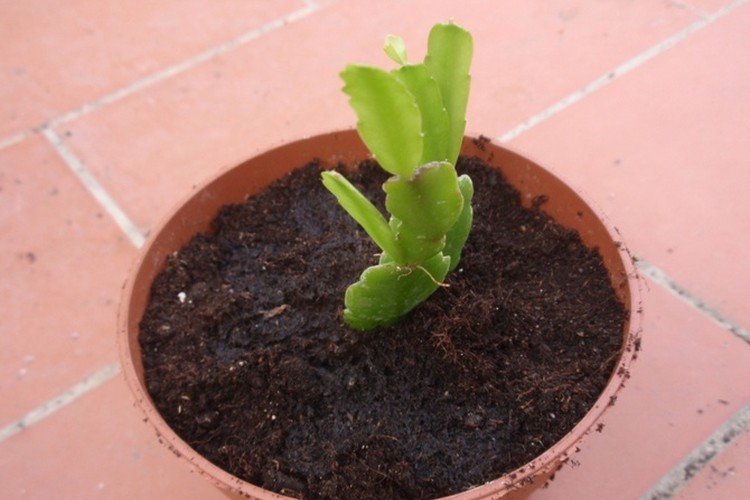
Pest and disease control
On the back of the shoots of Ripsalidopsis, ticks, scale insects and scale insects can hide. While there are few pests, they can be washed off with an ordinary shower and soapy water. But if there are already a lot of them, use aerosol insecticides.
Of the diseases, moisture-loving ripsalidopsis most often suffers from a fungus. If the shoots are brown, soft, gray, blotchy or slippery, these are sure symptoms. In the early stages, a fungicide is sufficient, but if ripsalidopsis cannot be saved, cut healthy cuttings for rooting.
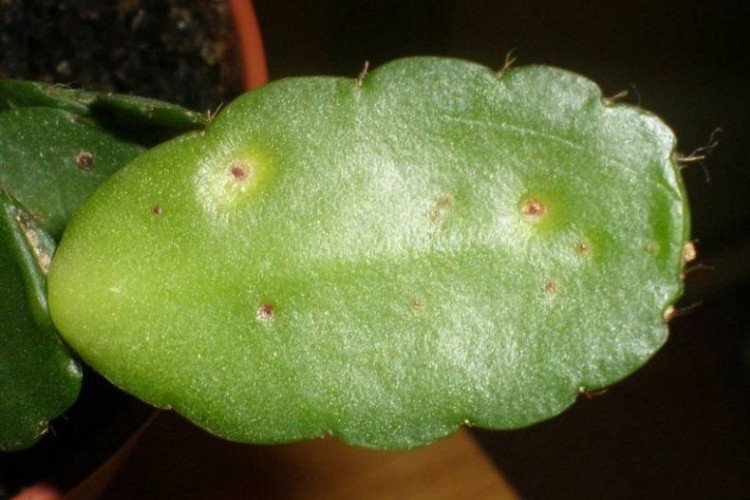
Coleus (60 photos): types and features of care
Rhipsalidopsis – photo
During flowering, the beauty of Ripsalidopsis is simply impressive! It is for this that flower growers fell in love with him. So watch and enjoy!
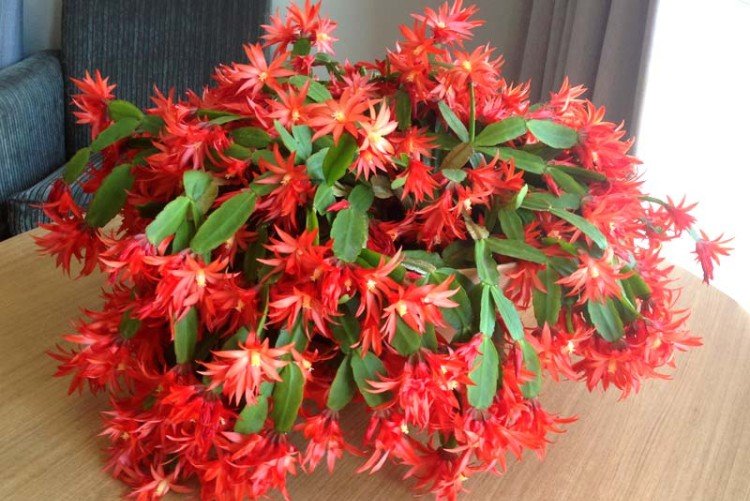
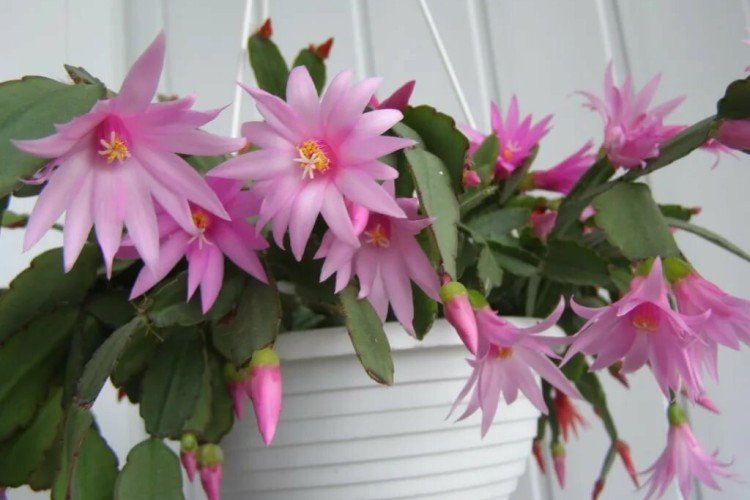
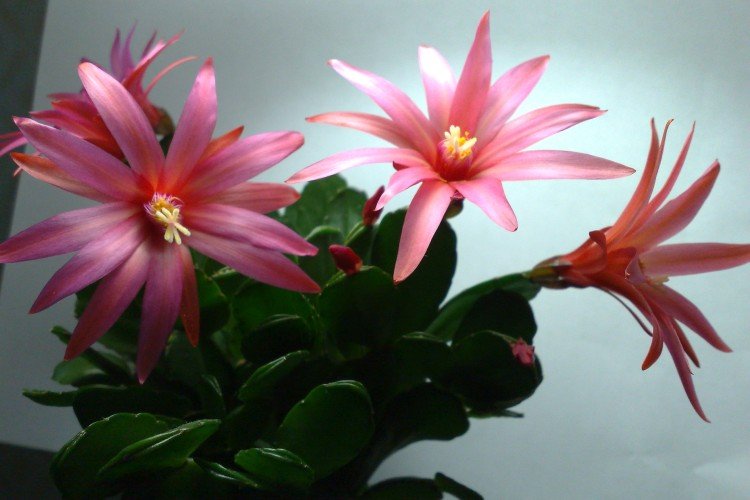
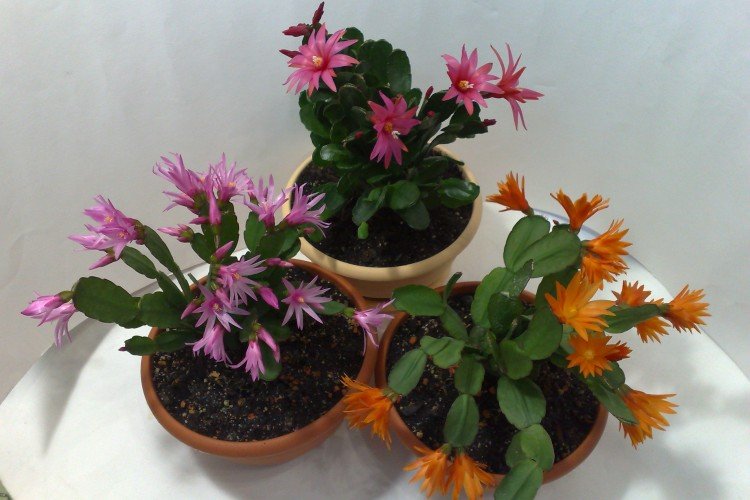
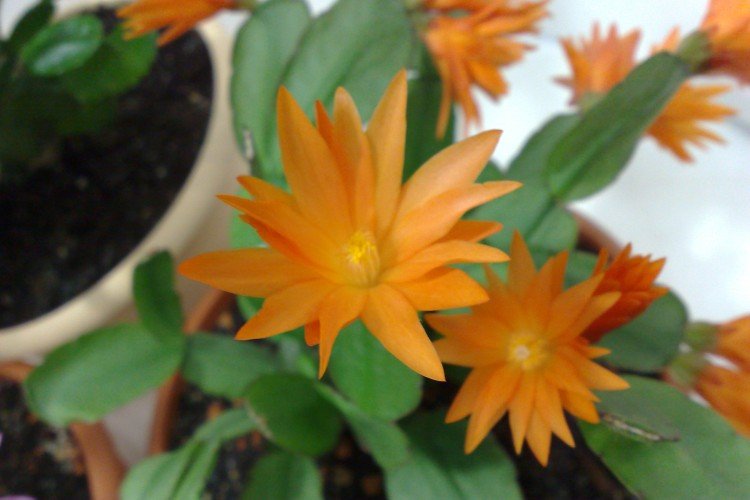
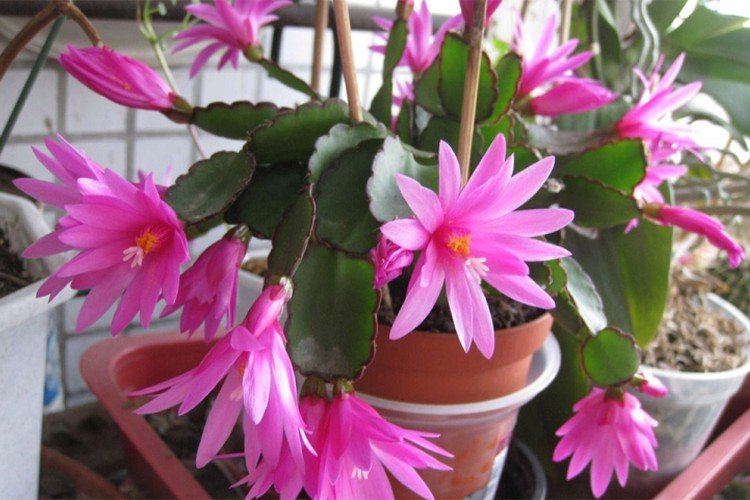
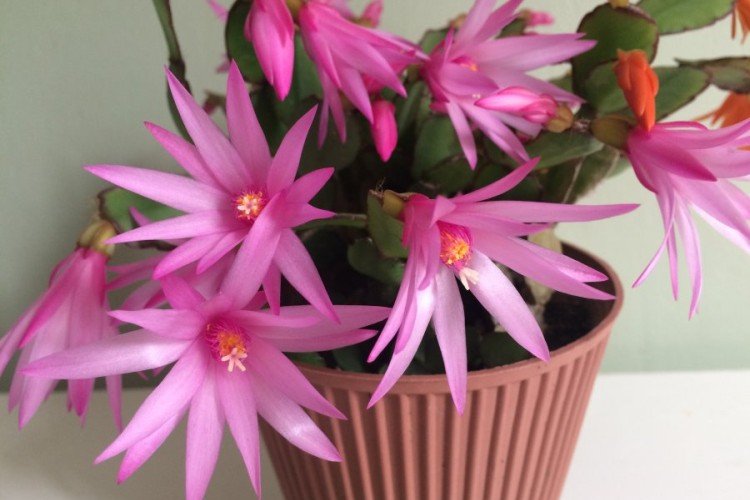
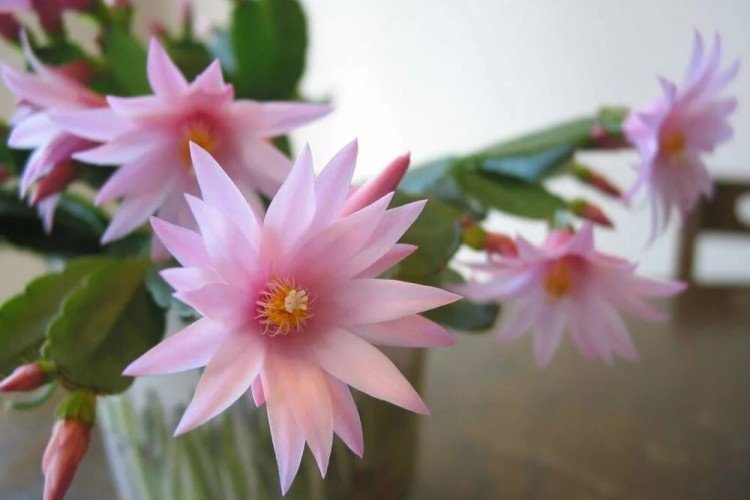
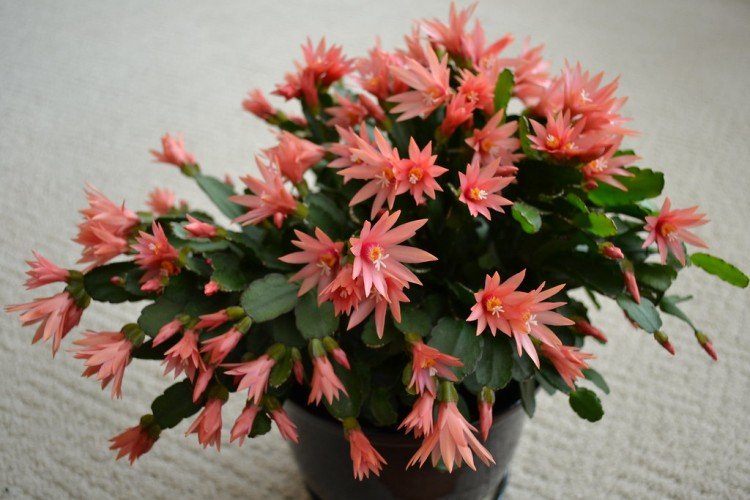
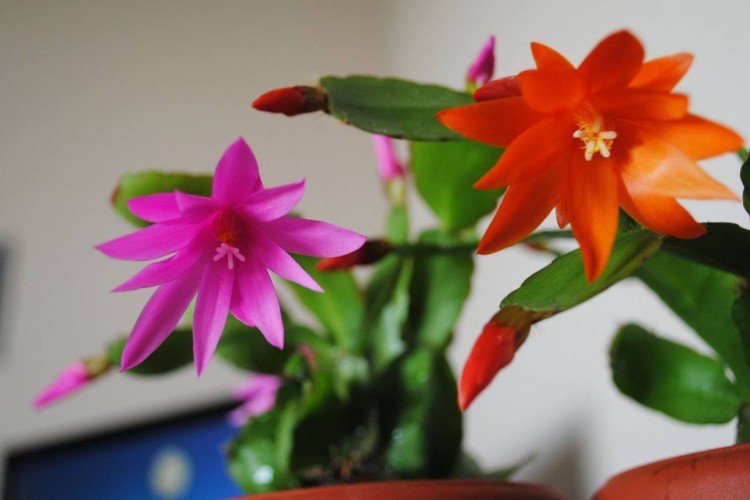
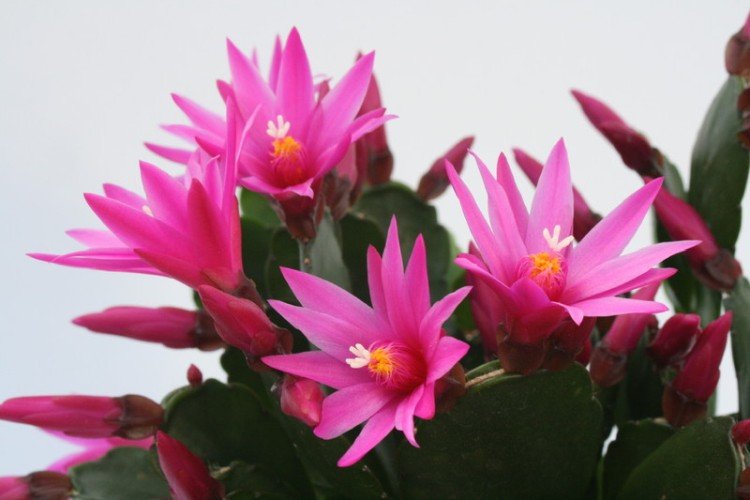
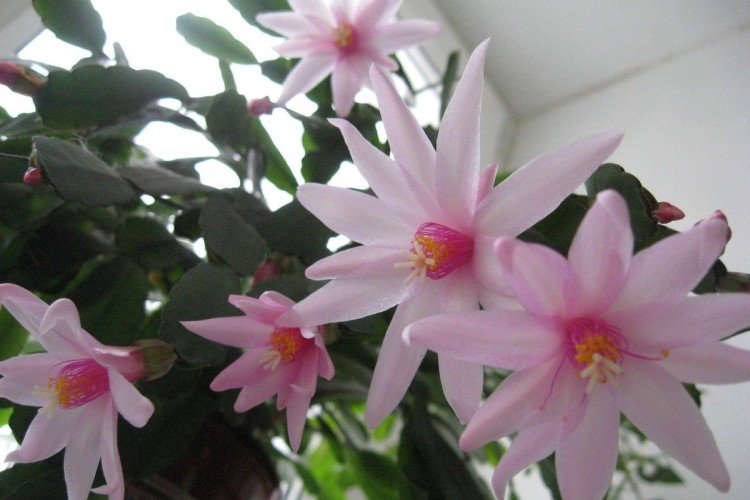
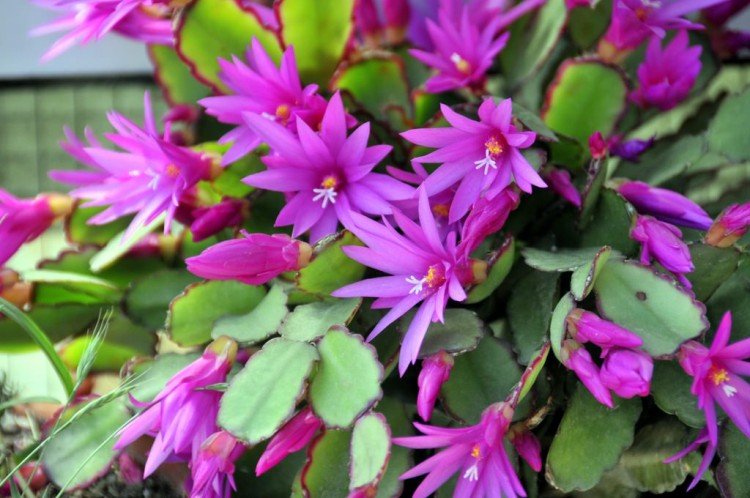
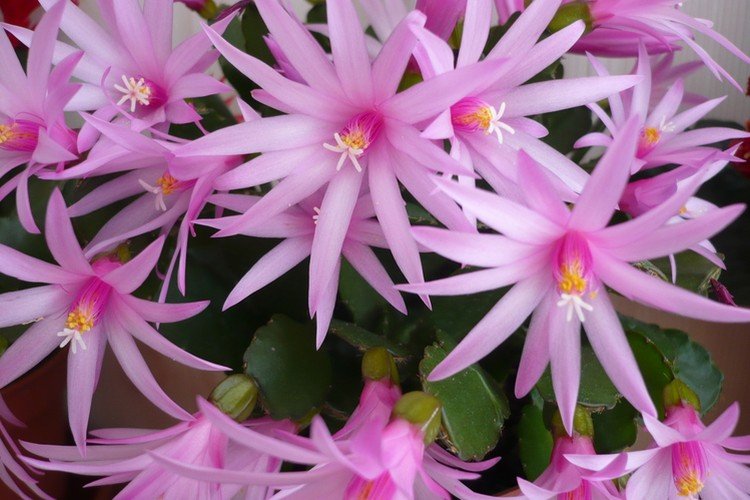
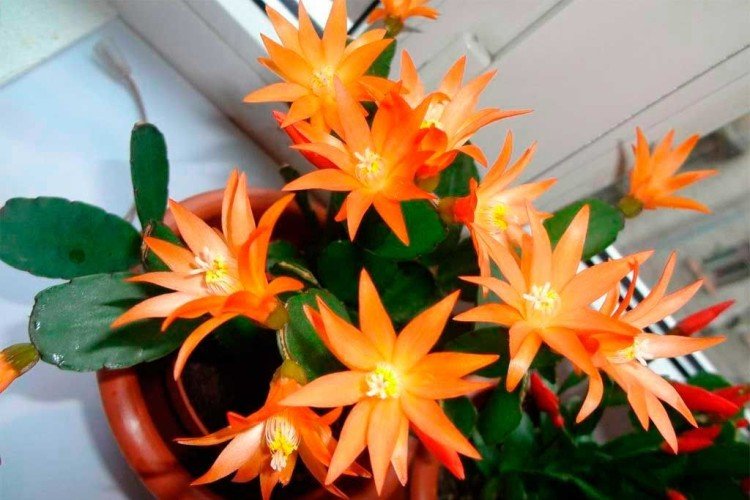
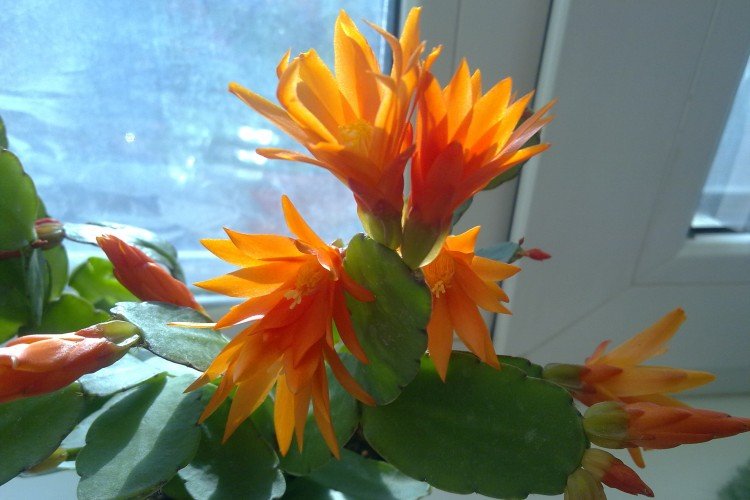
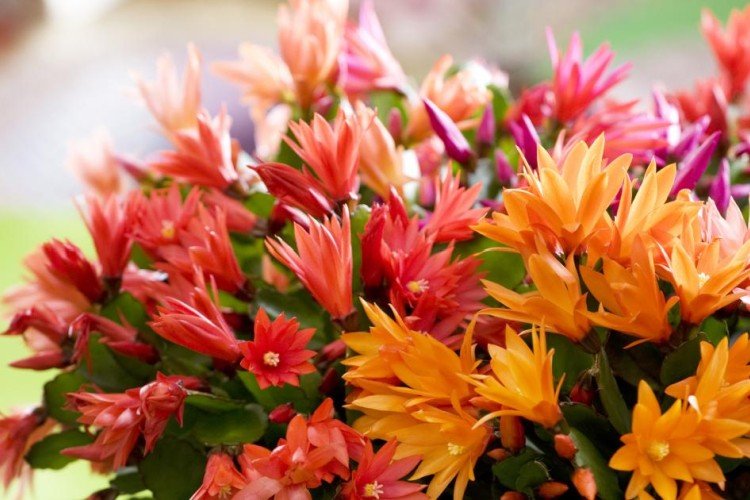
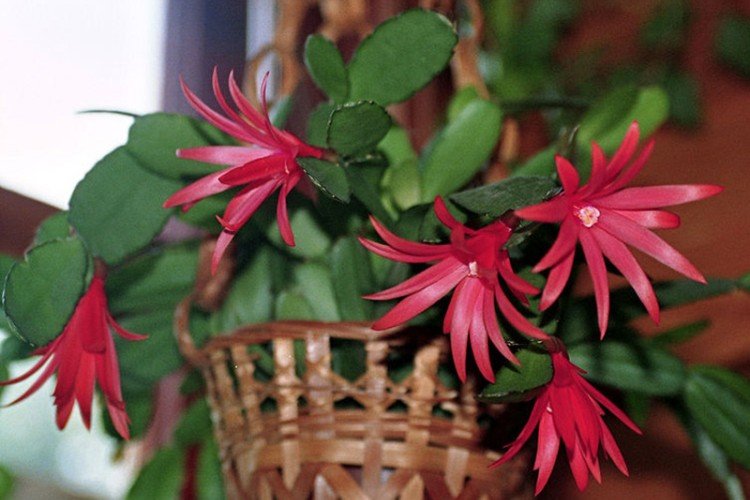
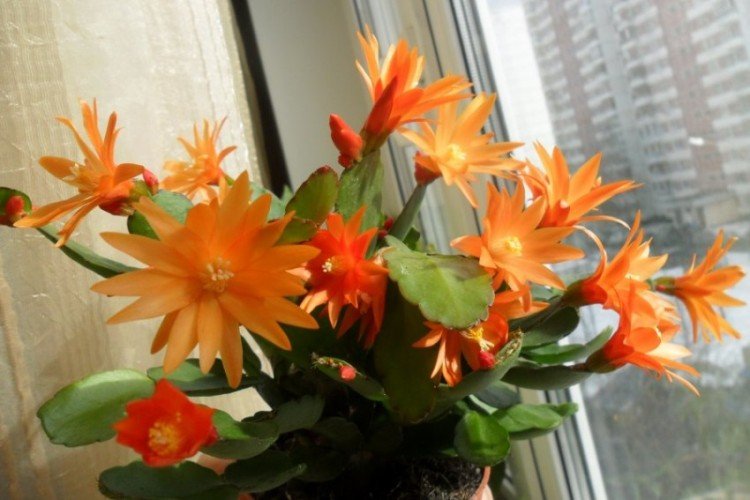
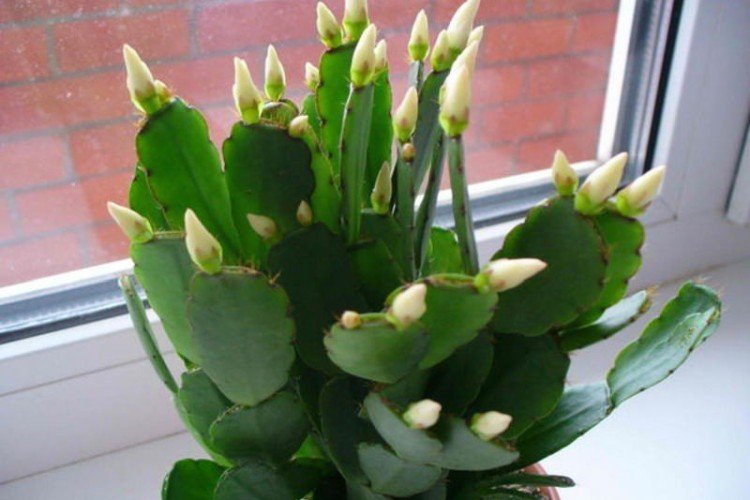
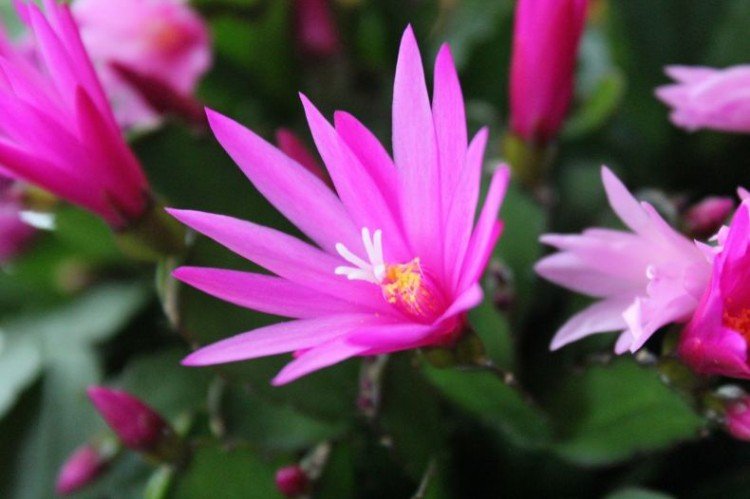
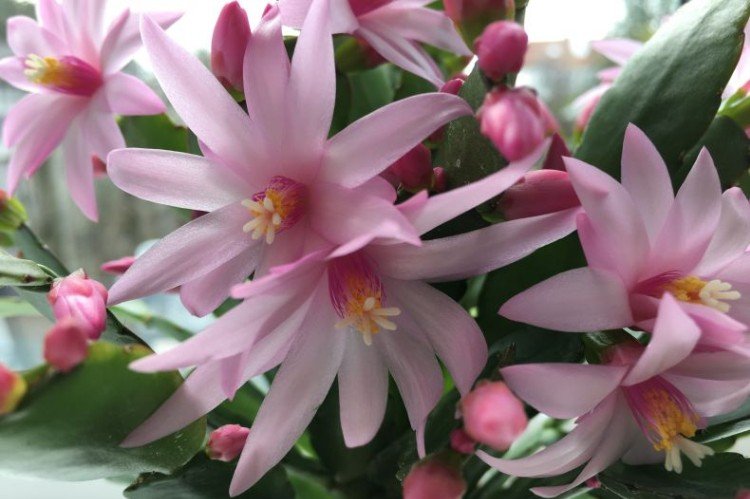
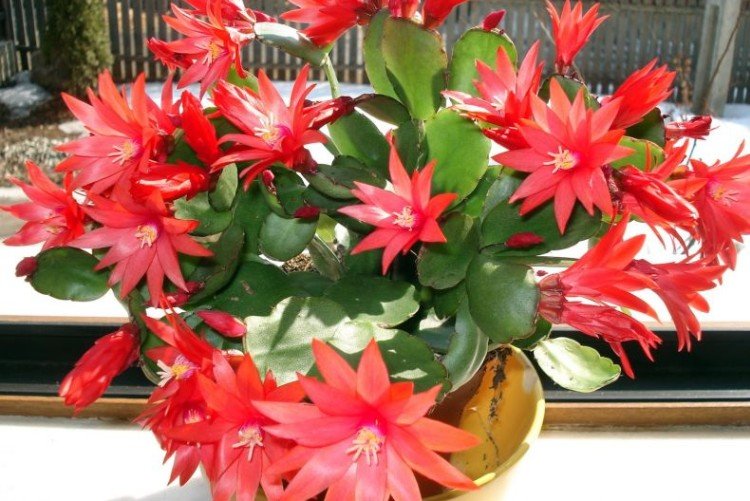
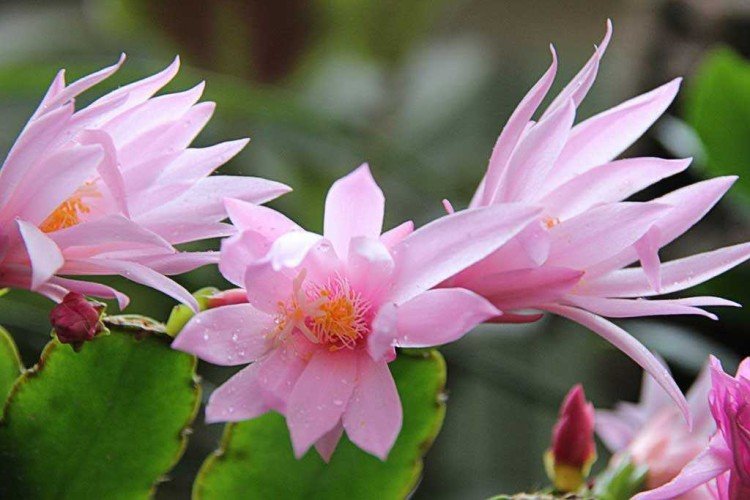
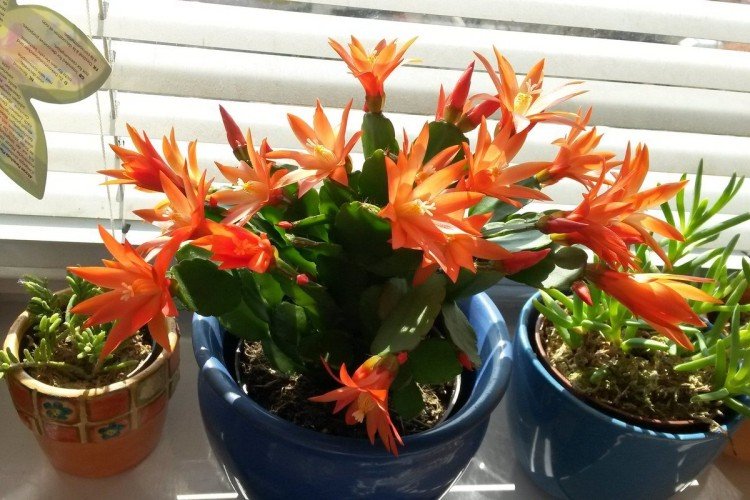
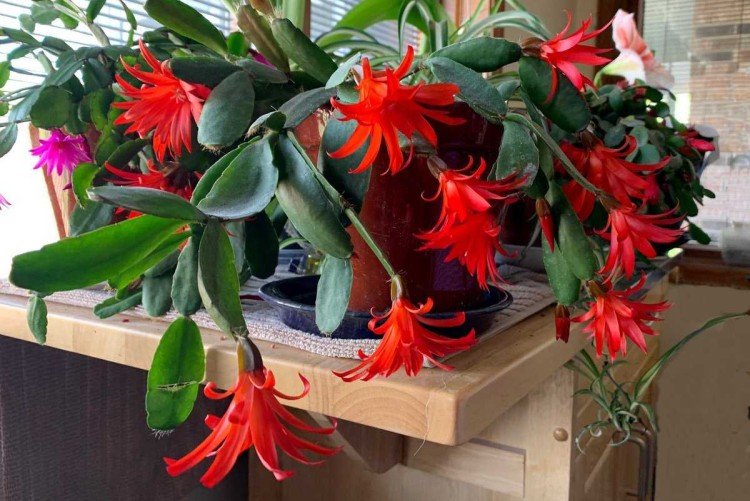
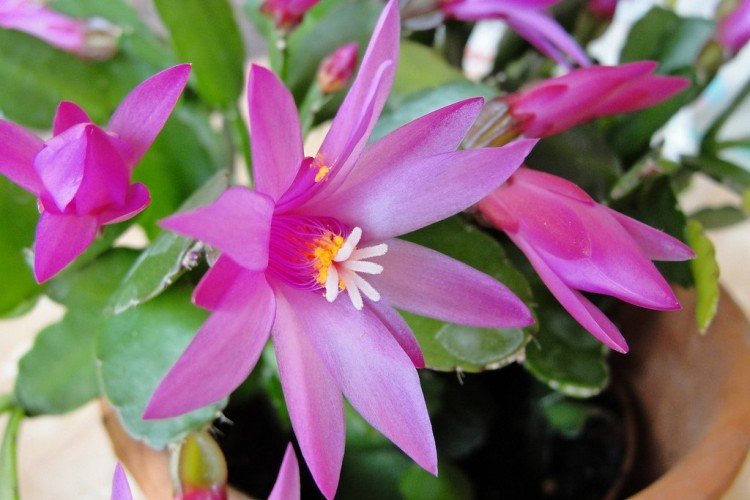
Did you like the publication? Subscribe to our channel in Yandex.Zen, it helps us a lot in our development!

